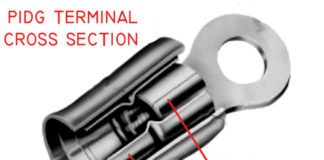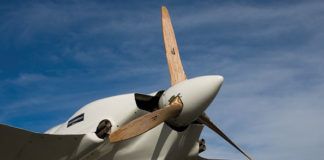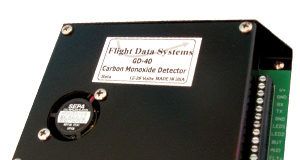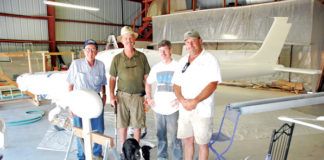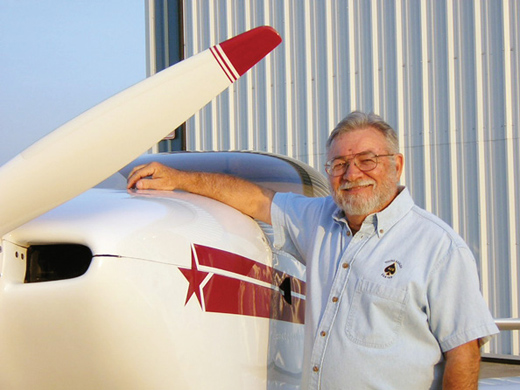
Question: I am considering using an electric motor and batteries on a well-known kit instead of the Rotax engine specified by the designer. What kind of FAA-related challenges should I expect when I apply for an airworthiness certificate, and will I be able to find a DAR willing to sign off on it?
Answer: If the aircraft is to be certificated as Experimental/Amateur-Built, there are no requirements as to what type of engine is used. Any DAR should not have a problem with an electrical powerplant. I’m not aware of any aircraft kit on the “FAA approved kit list” that uses an electric motor, so the applicant will have to submit the “Amateur-Built Fabrication and Assembly Checklist (2011)” to show 51% qualification. You might also keep in mind that this aircraft will not be LSA compliant, so it cannot be flown by a sport pilot.
Question: I hope to get my RV back in the air soon after re-skinning an elevator and replacing the the engine mount due to cracks. Do these qualify as a “major repair or alteration” and put me back in Phase I testing? I suspect just the elevator re-skinning is enough to do that.
Answer: Actually, your op lims should not mention anything about major repairs; only major “changes.” Repairs do not require a return to Phase I. Of course, you should do a proper “check flight,” as with any repair, but there is no legal responsibility to return to Phase I.
Question: I purchased a kit that has changed owners several times and has parts from several other kits to make it complete. The company that originally produced it is no longer in business, and I have no way of contacting the previous owners. Each owner did some work—in my estimate, it’s about 15-20% complete. Besides my builder’s log and photos, what paperwork will I need to have for the DAR and FAA registration?
Answer: You will need to submit a statement of the above facts as you know them. If the project is actually at the 15-20% point, you should still have no problem showing 51% total. Depending on the DAR, you will probably be asked to submit the “Amateur-Built Fabrication and Assembly Checklist (2011)” to show 51% qualification, even if the kit is on the approved kit list.
Question: If I buy complete wings that came from another damaged airplane to use on my kit, will that count against my “major portion” or 51% rule? At what point can I no longer obtain a repairman’s certificate or even register it as an E/A-B?
Answer: If you can show proof that those wings are 51% amateur built (difficult at best), then they will count toward the 51% rule. How do you know that those wings were not professionally built? Can you prove this?
The qualifications for the repairman certificate actually have nothing to do with the 51% rule. This is a major misconception. To qualify for the repairman certificate, you must be listed as a primary builder and show that you can competently conduct the condition inspection.
Please send your questions for DAR Asberry to [email protected] with “Ask the DAR” in the subject line.

![]()
Mel Asberry is an experienced Designated Airworthiness Representative specializing in Experimental/Amateur-Built aircraft. He and his wife, Ann, have built seven amateur-built airplanes including two ultralight types, a Moni Motorglider, a Dragonfly Mk2, two RV-6s and a Zenair CH 601HDS. They are currently building a scratch-built biplane.







